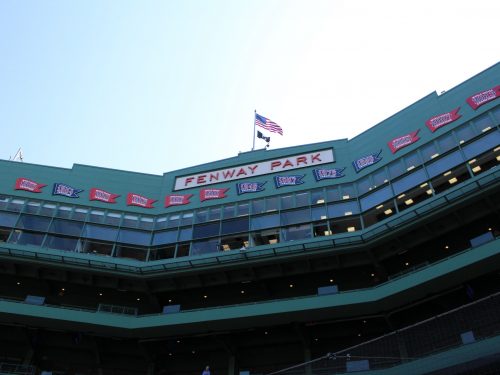 A First-Timer’s Guide to Fenway Park in Boston
A First-Timer’s Guide to Fenway Park in Boston
The storied Fenway Park, standing since 1912, is one of the most famous sports venues in the entire world, often called America’s Most…
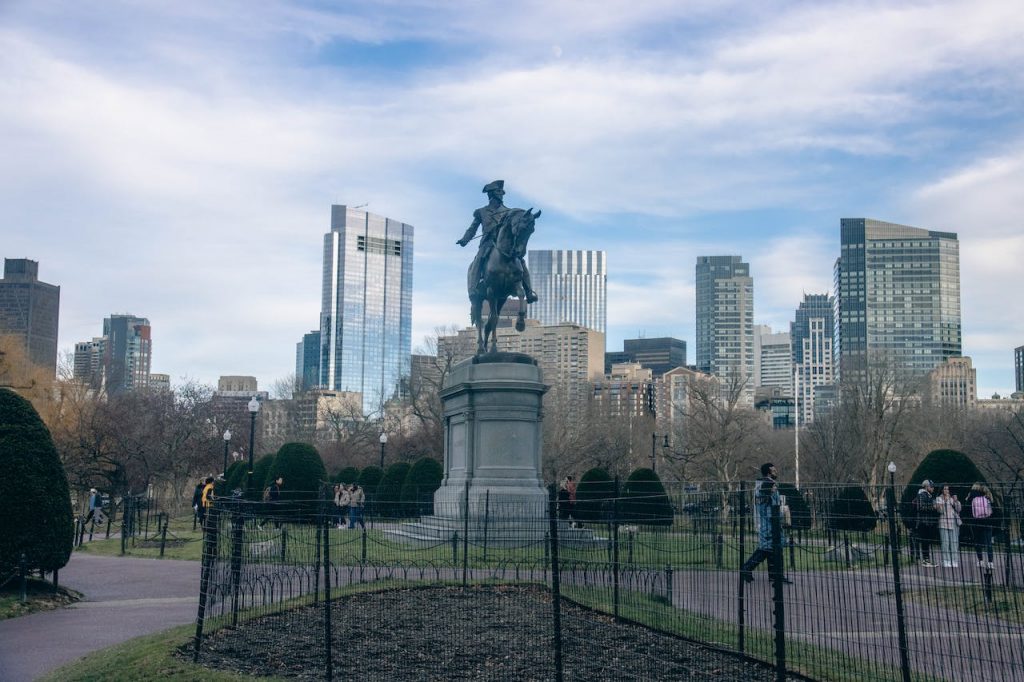
Boston is a city teeming with history around nearly every corner. While this city built on Massachusetts Bay is chock full of unique ways to explore our nation’s past, one of the best ways has to be the Freedom Trail.
Walking along 2.5 miles of red brick among Boston’s beautiful historic neighborhoods, you’ll experience much of America’s early history. The Freedom Trail was created with the idea that there needed to be a clear, concise way for folks to have better accessibility to Boston’s historic sites.
It was officially dedicated in 1951, and since then, it’s been a must-do activity in Boston for families, history buffs, casual tourists, and pretty much everyone. I find there’s little better than trekking the Freedom Trail on one of New England’s gorgeous fall days. Bring a bag with water, snacks, and a camera, and get exploring. I’ll cover all of the sites along the way for a quick look at what to see on the historic Freedom Trail.
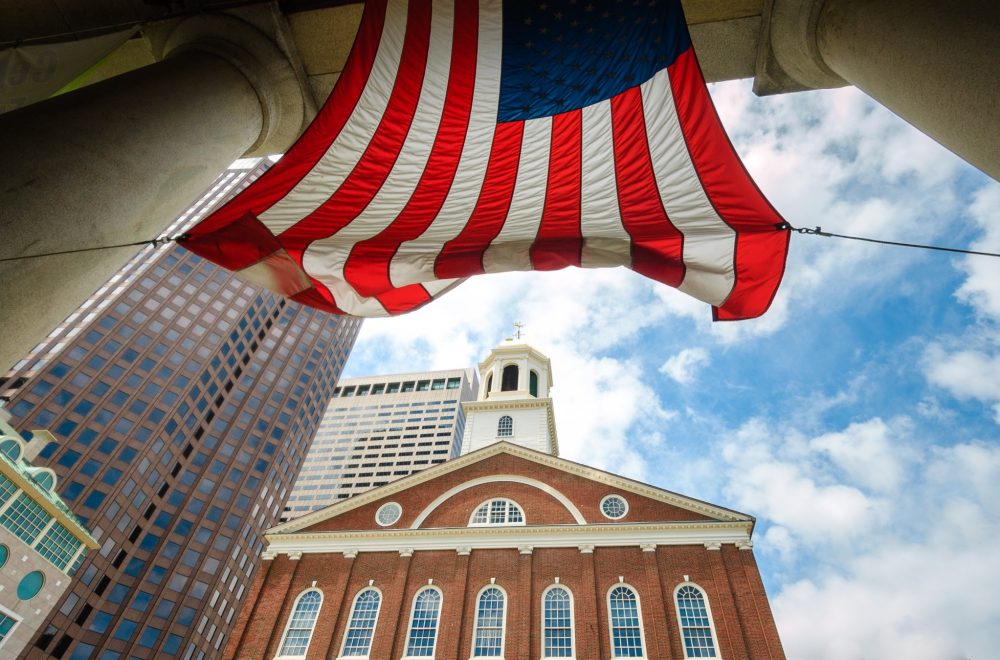
First off, let’s talk about how to get to the trail.
If you’re visiting for the day, I recommend parking at the Boston Common Parking Garage. This is the best starting point for walking the trail, and it’s relatively easy to access this parking garage.
If you’re staying elsewhere in the city or don’t want to drive in, you can access the Freedom Trail by taking Boston’s public transportation system, the MBTA aka the T. You can take the Green, Orange, Blue, or Red line to reach the Freedom Trail.
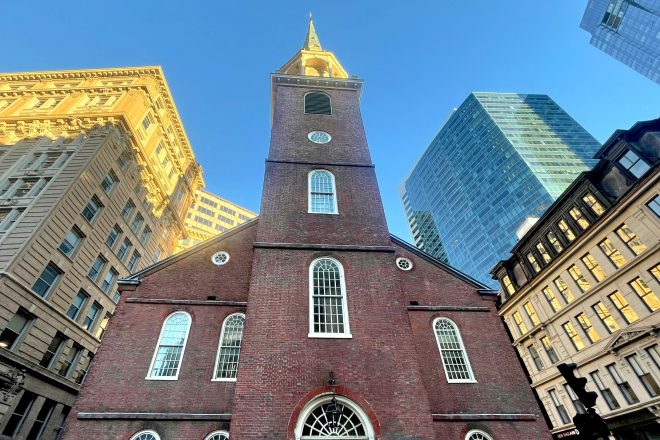
We might be biased, but going with a local is truly the best way to get to know this Boston attraction and our city.
Instead of just wandering from plaque to plaque reading stuff, the history comes alive when you have a born storyteller leading the way. Plus, you discover more than just history. Your guide will highlight the architecture (like Georgian and Renaissance Revival), the scenery of Rose Kennedy Greenway, the secrets of modern Boston, and much more.
Join us for our Freedom Trail Highlights Walking Tour, and you’ll see what we mean. It’s 400 years of Boston right up to the modern day, delivered in about 90 minutes, immersive, and interactive.
Now without further ado, let’s get to the main stops on Freedom Trail you can see from start to finish.
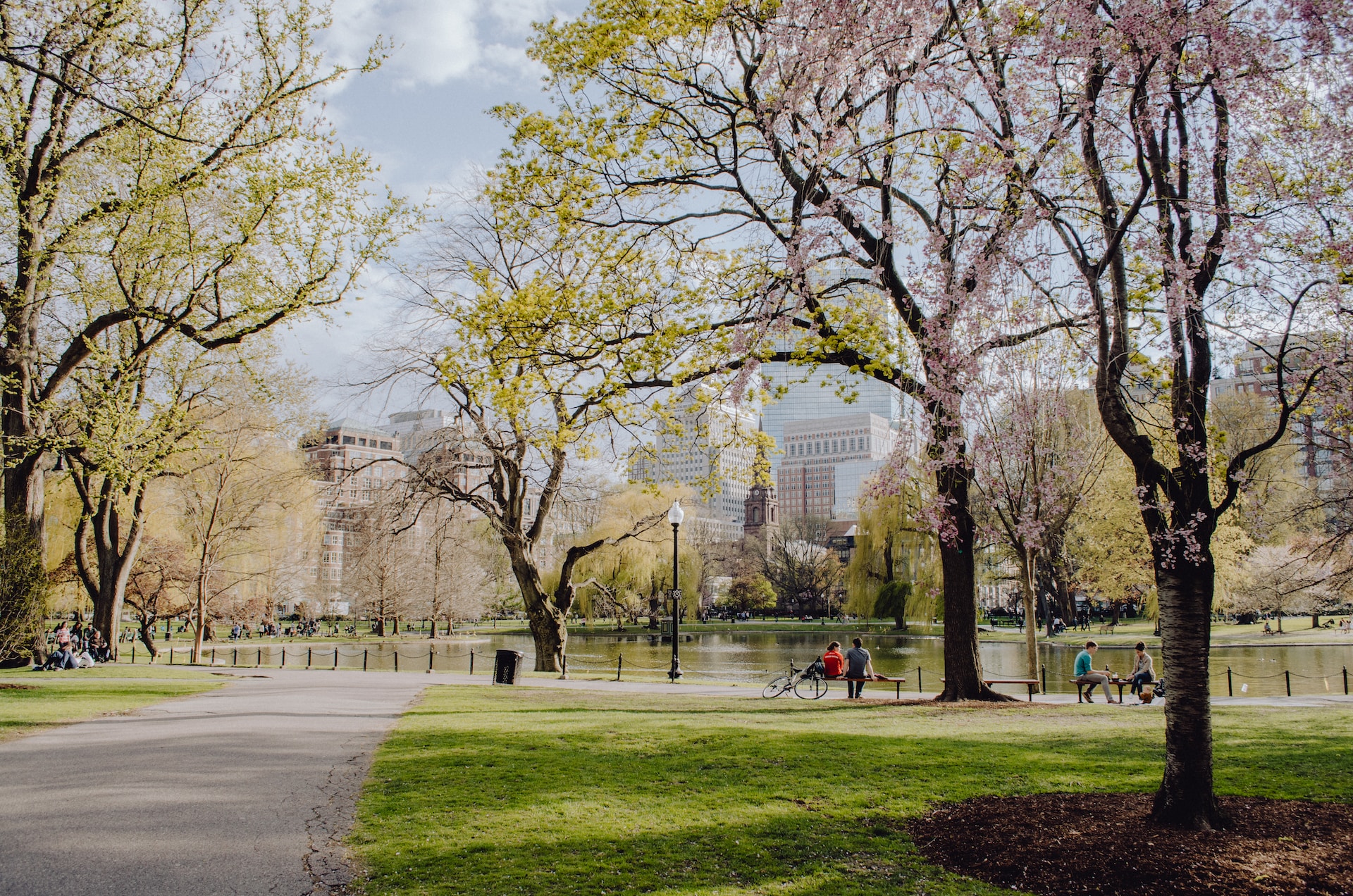
Founded in 1634, Boston Common’s claim to fame started with the American Revolution. This is the spot where the Colonial militia assembled for the Revolution, and it continued to be a meeting spot for war meetings throughout history, public hangings, and public assembly.
To this day, it’s a place for free speech, though Boston Common is most popular for its ballfields, skating rink, and Frog Pond.
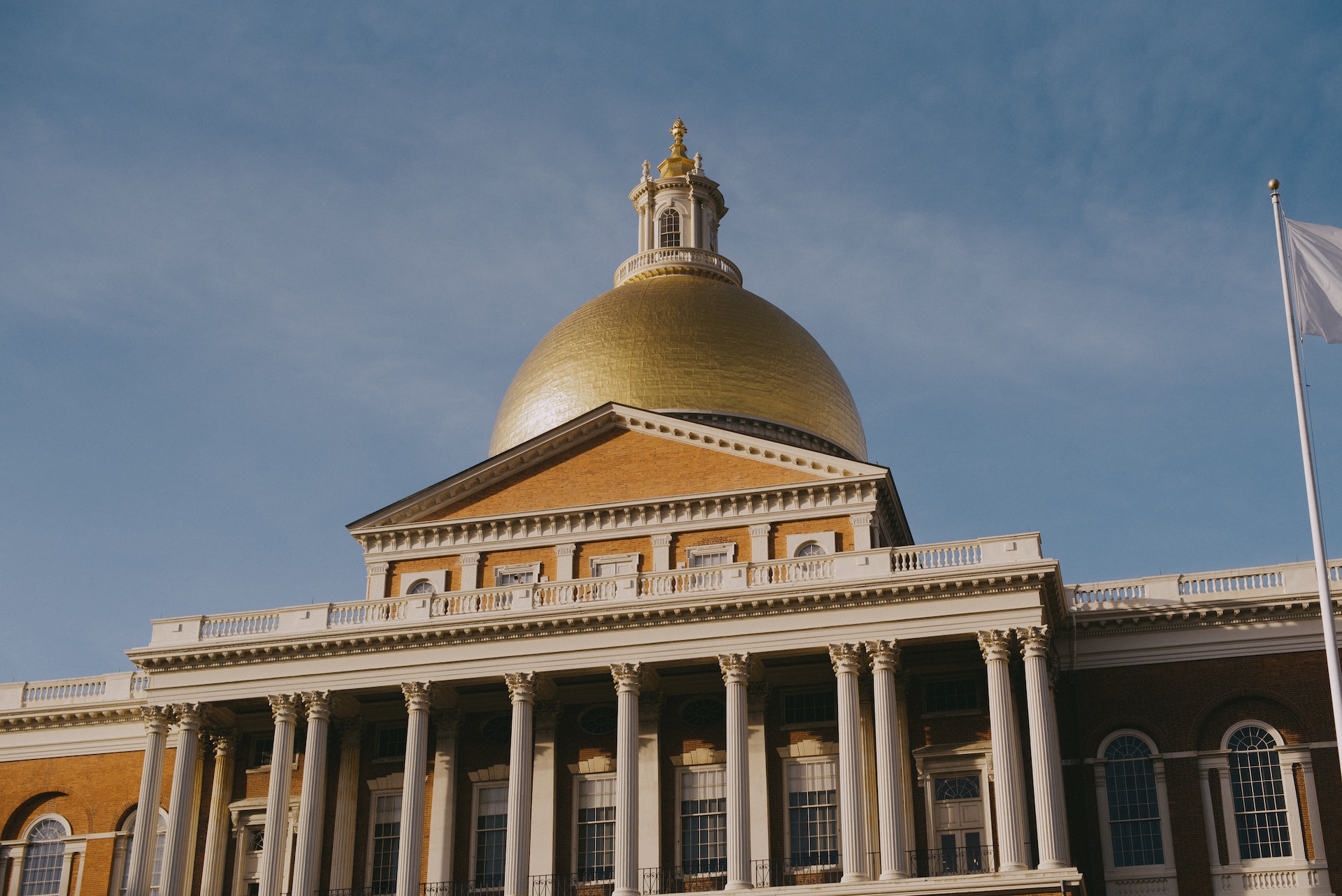
Technically the “new” State House (the Old State House is further down on the Freedom Trail), the Massachusetts State House has served as the seat of the Massachusetts government since it first opened in 1798.
It sits on the south side of Beacon Hill and overlooks Boston Common and Back Bay.
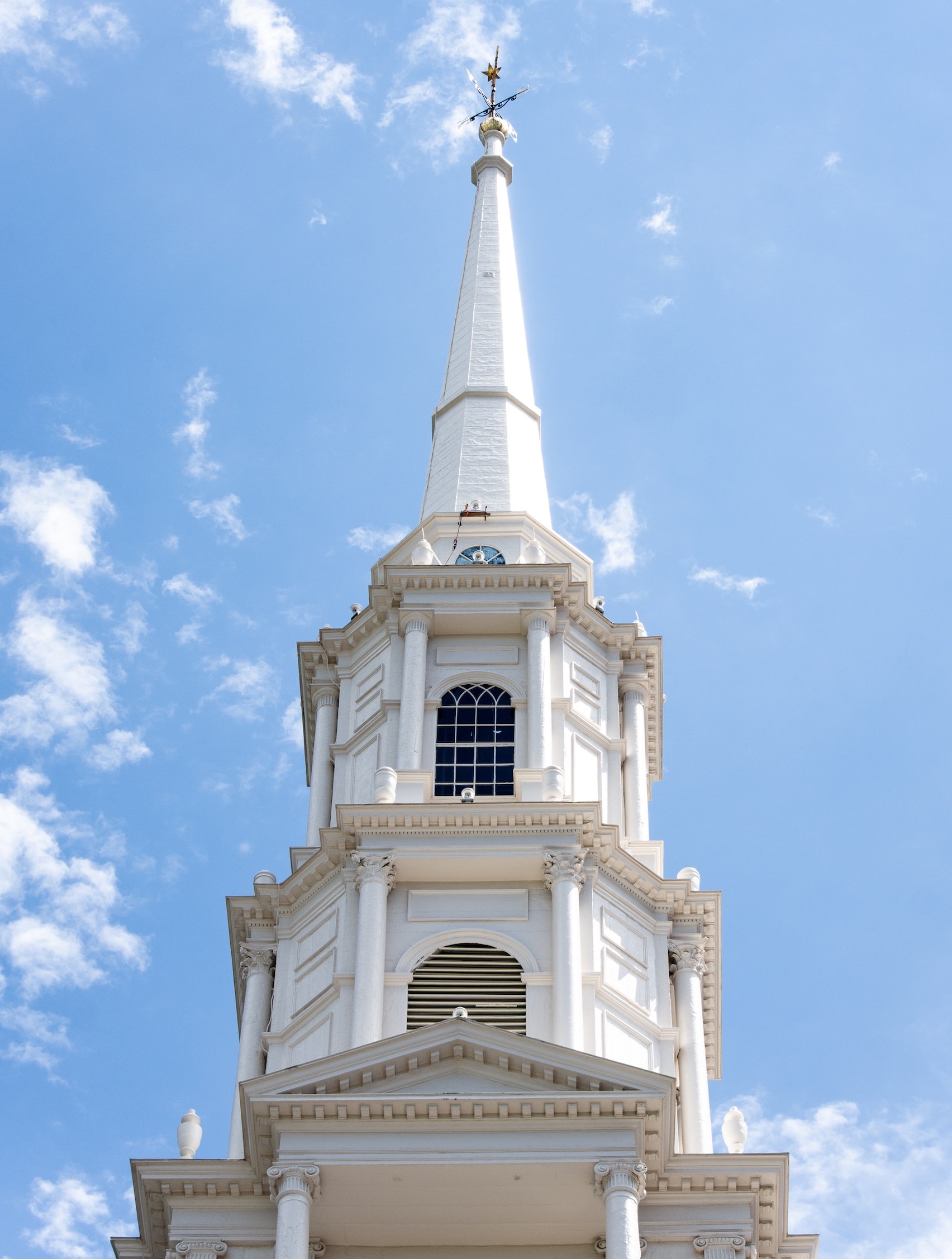
One of the best parts of exploring Boston is the fact that there are old buildings mixed in with the new — history really comes alive here.
Park Street Church was founded at the beginning of the 19th century (1809), and its striking 217-foot steeple was once the very first landmark that travelers saw when approaching Boston.
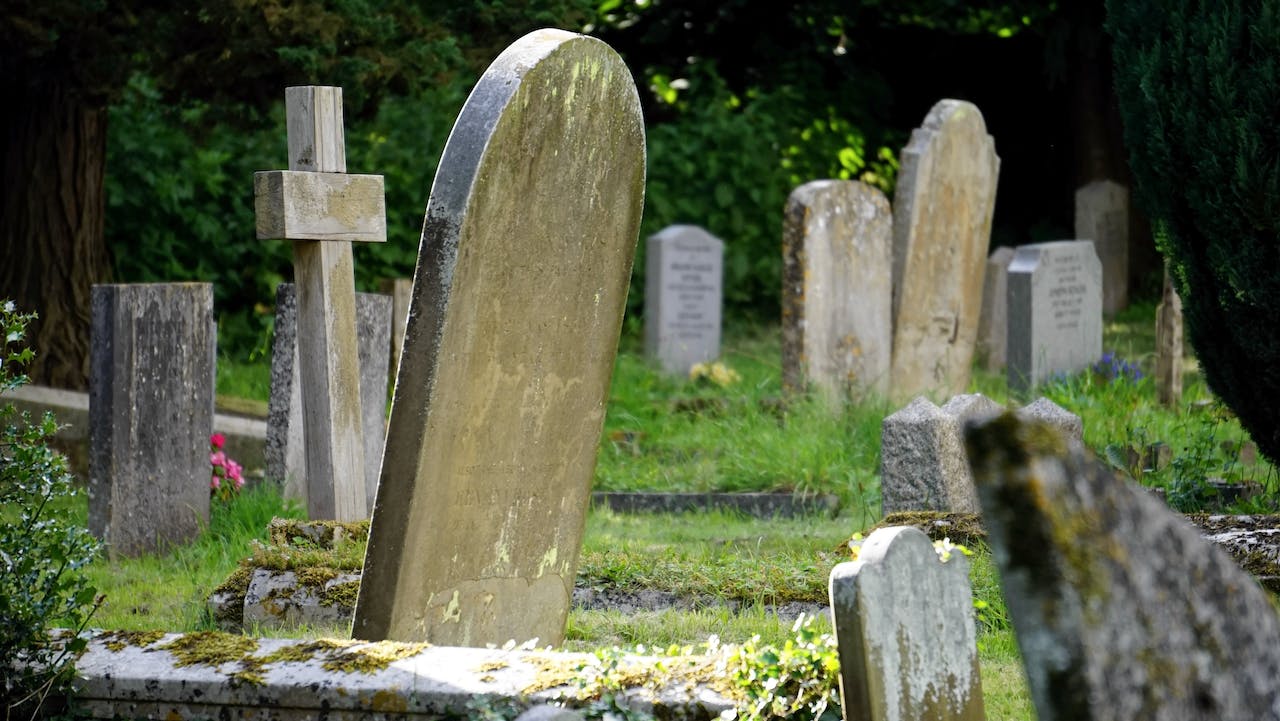
Perhaps my personal favorite on the Freedom Trail, this historic burying ground is tucked in among the city’s bustling streets. You’ll find a number of historic and notable citizens in their final resting place here.
While it has approximately 2,300 markers, there are in fact a number more buried here without markers. The experts estimate that there are over 5,000 souls buried here. Here are a few graves to look for:
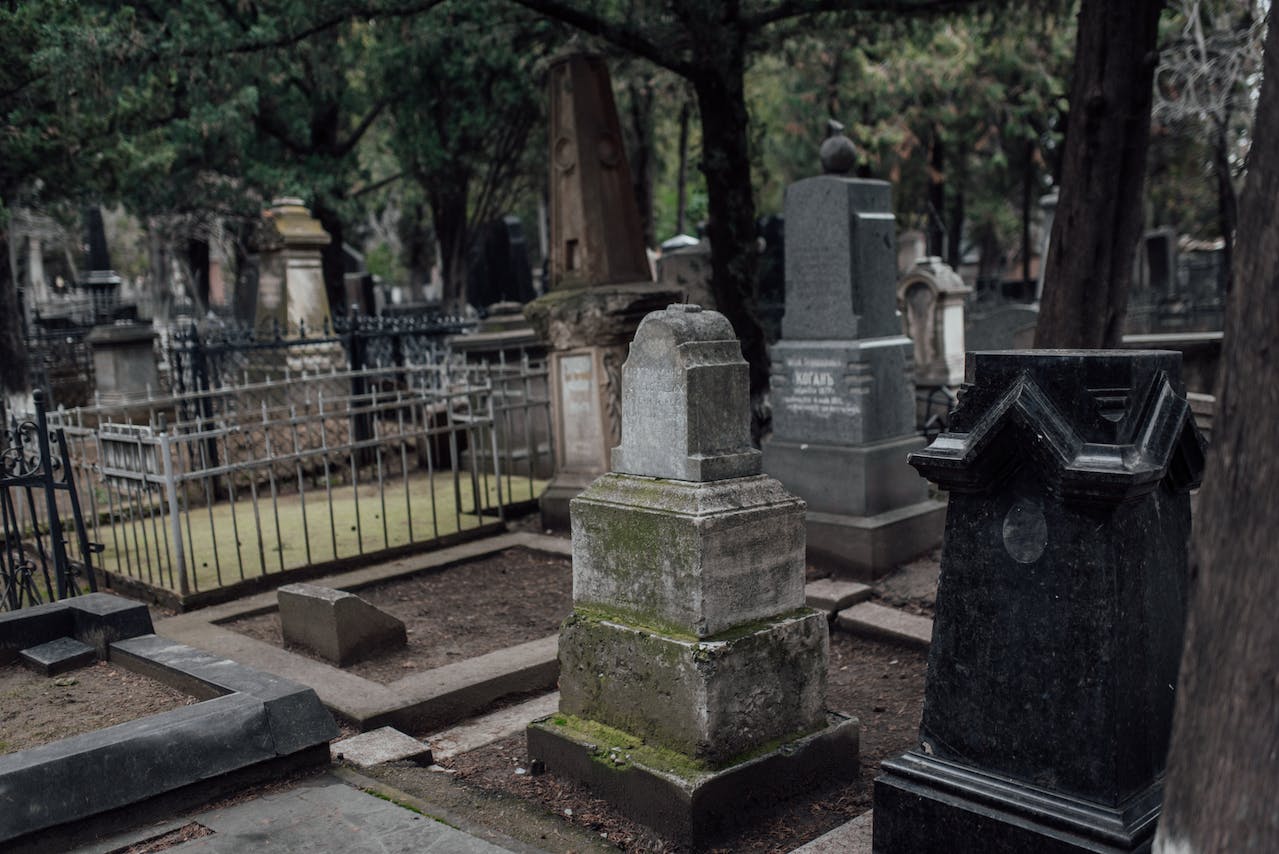
Another famous church and burial ground (and another of my personal favorites), this historic site is home to over 330 years of history.
In the King’s Church, you can explore exhibits and programs that touch on the roles of religion, tolerance, and justice during the birth of our nation.
Fun fact: This church houses the oldest American pulpit that’s still in continuous use.
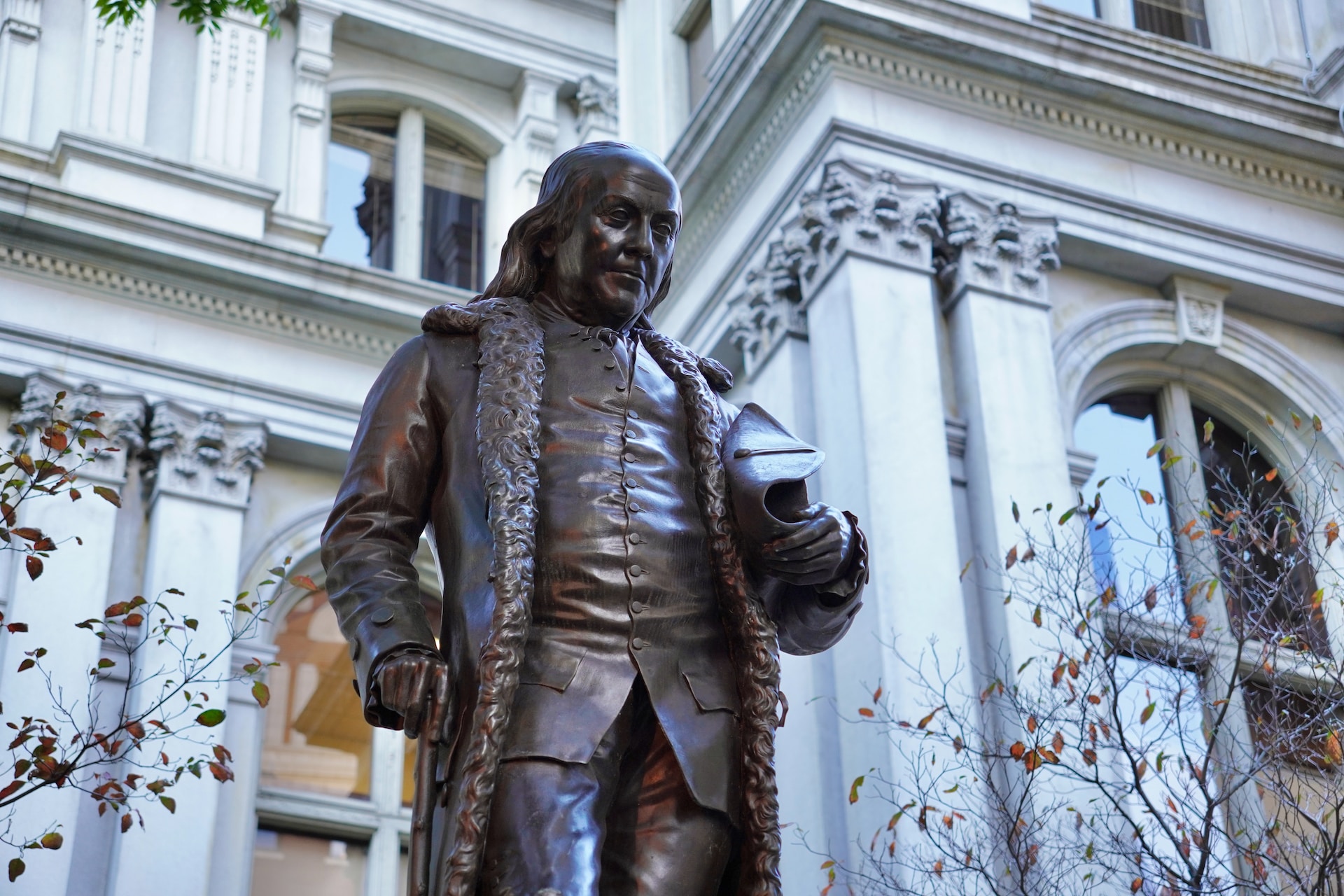
The Boston Latin School was founded in the spring of 1635 and is the oldest public school in America. It was open to both rich and poor, offering a free and quality education.
Benjamin Franklin was actually a student here, and a statue of him serves as a reminder.

I’m a sucker for an old bookstore. Old Corner Bookstore is Boston’s oldest commercial building and was home to the publishing giant of the 19th century: Ticknor and Fields. Ticknor and Fields produced major classics such as “Walden,” “The Scarlet Letter,” and “Paul Revere’s Ride.”
Today, you can peruse the Old Corner Bookstore for travel books, maps, and guides of New England.
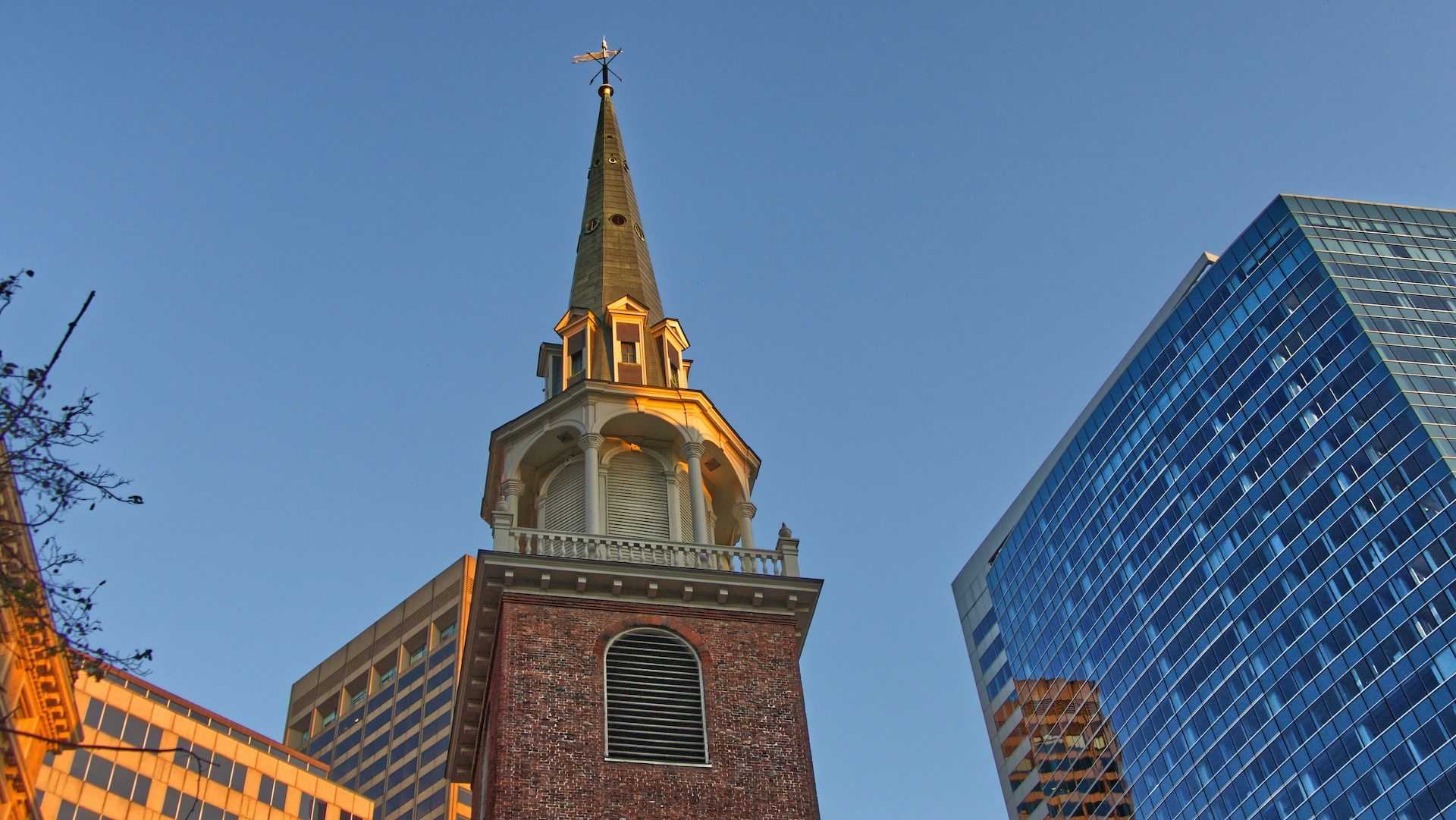
One look at this tiny brick meeting house, and you know you’re gazing at a significant historical landmark. For starters, its simple design is virtually untouched. Its tower, housing an enormous 876-pound bronze bell, was created in 1766, and the clock is still in working order. And although it’s much smaller than the surrounding modern buildings, its elegant design gives it an air of importance.
In fact, this is where the Boston Tea Party started. It held Puritan sermons, many a public meeting, and tea tax debates. It’s currently a public museum, where you can explore the artifacts like a few tea leaves from the actual Boston Tea Party.
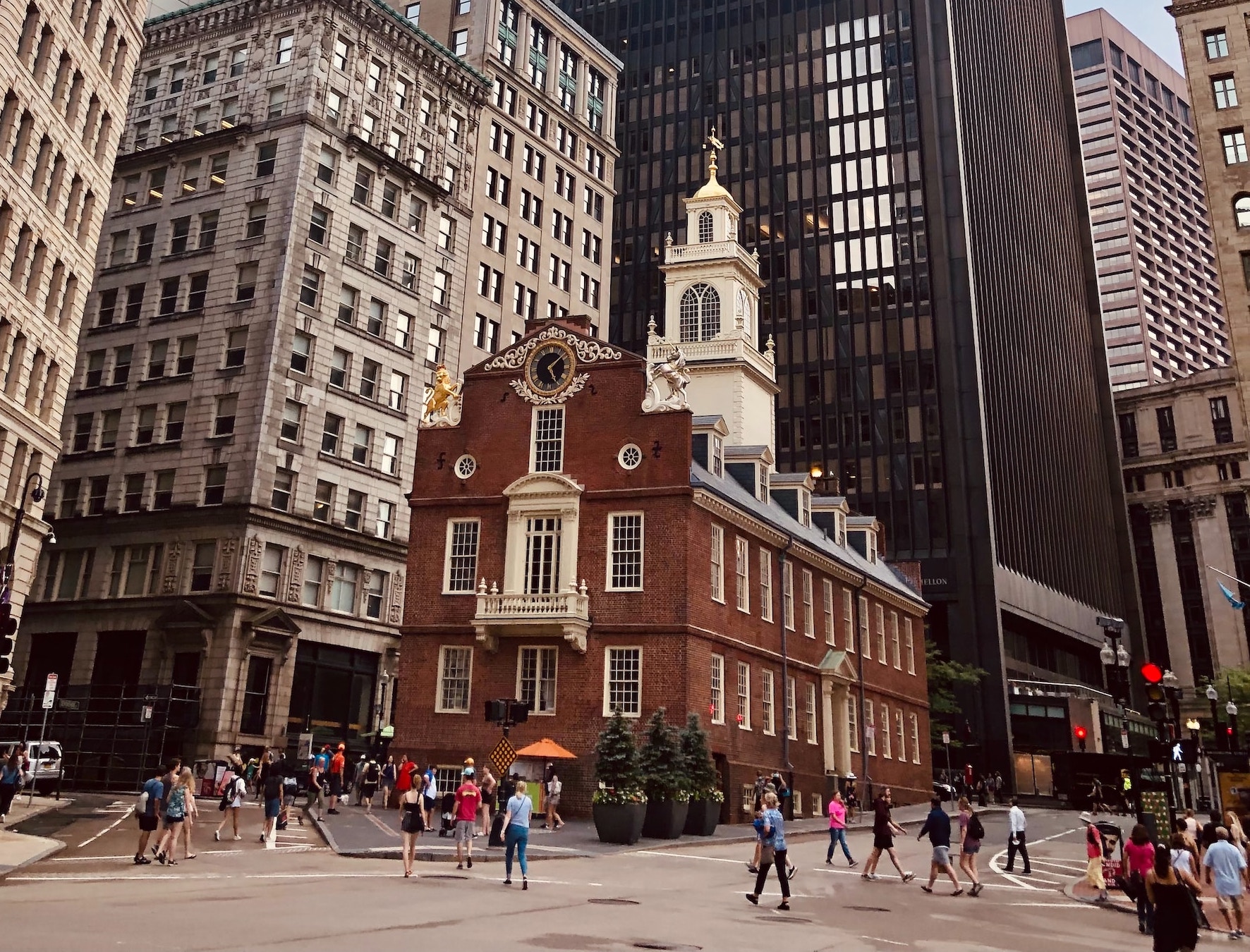
The Old State House has stood the test of time through fire, wars, the Boston Massacre, and more. In fact, it’s the oldest surviving public building in Boston today, serving as the center of civic, political, and business life since it was built in 1713.
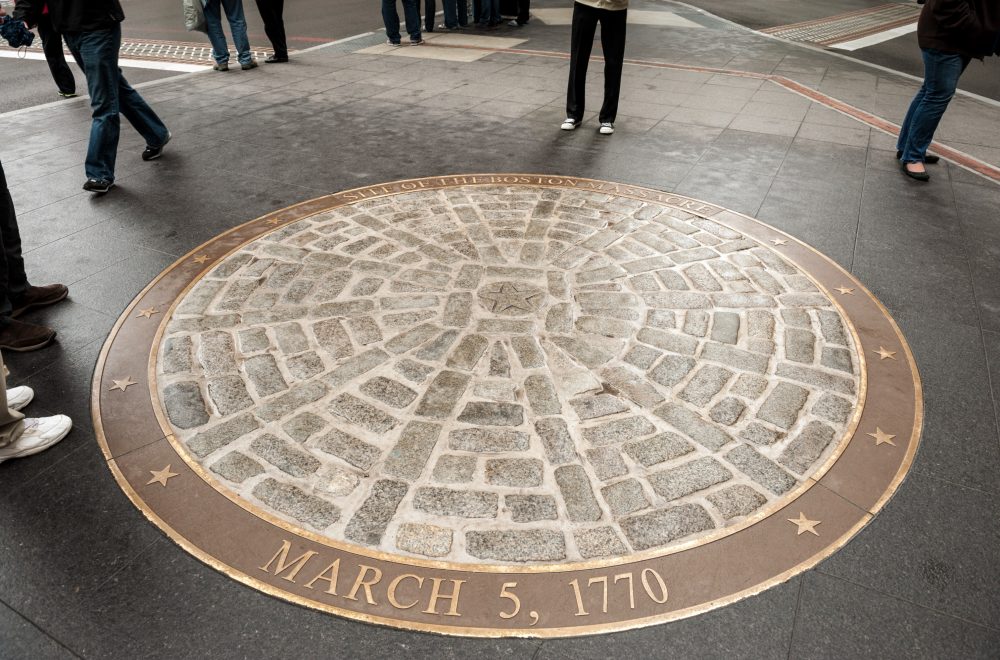
Noted by a marker in front of the Old State House, this is the spot where the Boston Massacre came to a violent head on March 5th, 1770.
Travel tip: If you’re curious to see a reenactment, you can on the anniversary of the Boston Massacre when the Bostonian Society hosts one here.
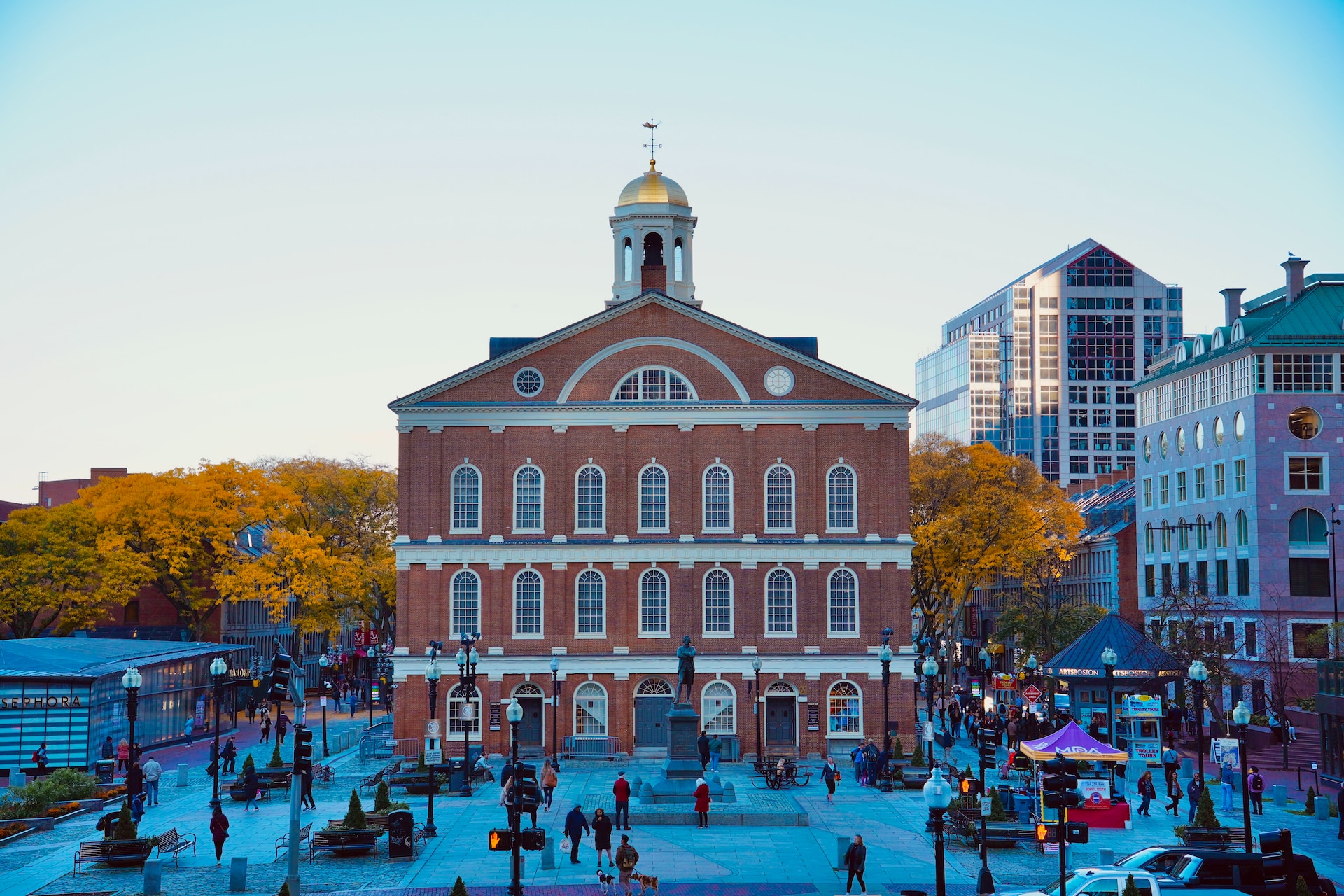
Faneuil Hall is now home to delectable foods and cool shops, but it’s also the spot where the very first Town Meeting of America was hosted.
That’s because it was originally built in 1741 as a center of commerce, so when early Americans gathered here to protest both the Sugar and Stamp Act, it ended up being a place for important town meetings and other historical events.
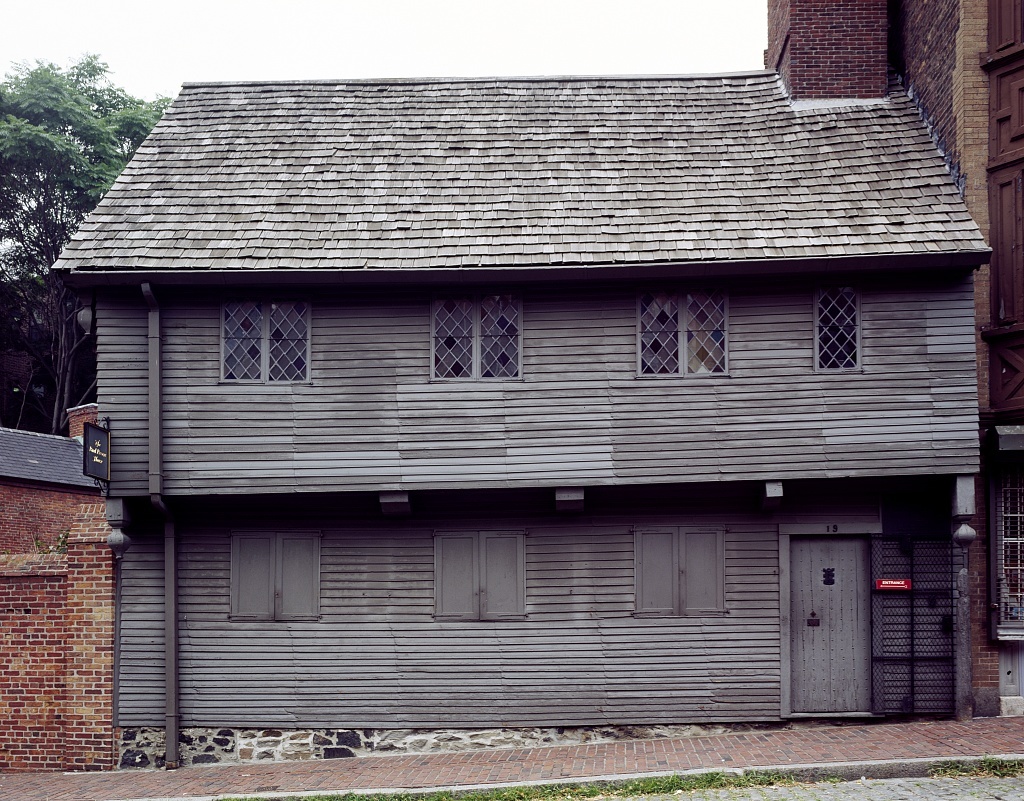
Paul Revere’s house is another stop on the Freedom Trail. This is where you can learn more about the famous silversmith and patriot of the American Revolution best known for alerting the Colonial militia of the British invasion before the battles of Lexington and Concord — one if by land, two if by sea, as you might recall.
This site is his home, built around 1680. It’s now the oldest remaining structure in downtown Boston. If you stop in for a visit rather than simply stroll by, you’ll learn about his family life, peruse actual artifacts, and learn the true story behind his midnight ride.
Fun fact: It’s also the only official Freedom Trail historic site that’s a home.
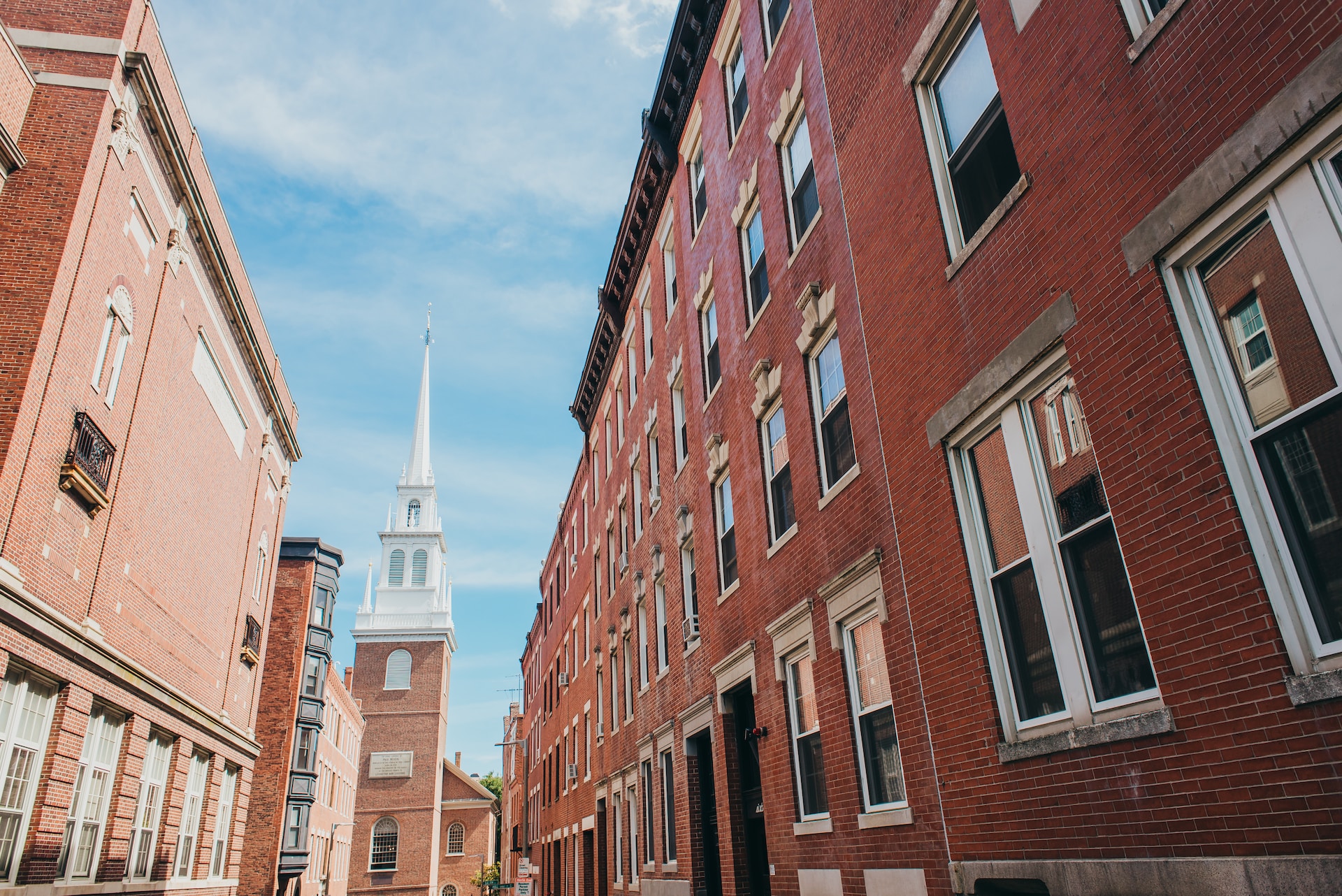
This church was built in 1723 and is Boston’s oldest church.
You could say it launched the American Revolution because it’s the starting point of the aforementioned midnight ride. Per Revere’s instructions, this is where two lanterns hung in the church’s steeple to alert the Colonial militia.
Extra time? Tour Old North’s Crypt, a sanctuary below Old North Church where 1,100 bodies lie.
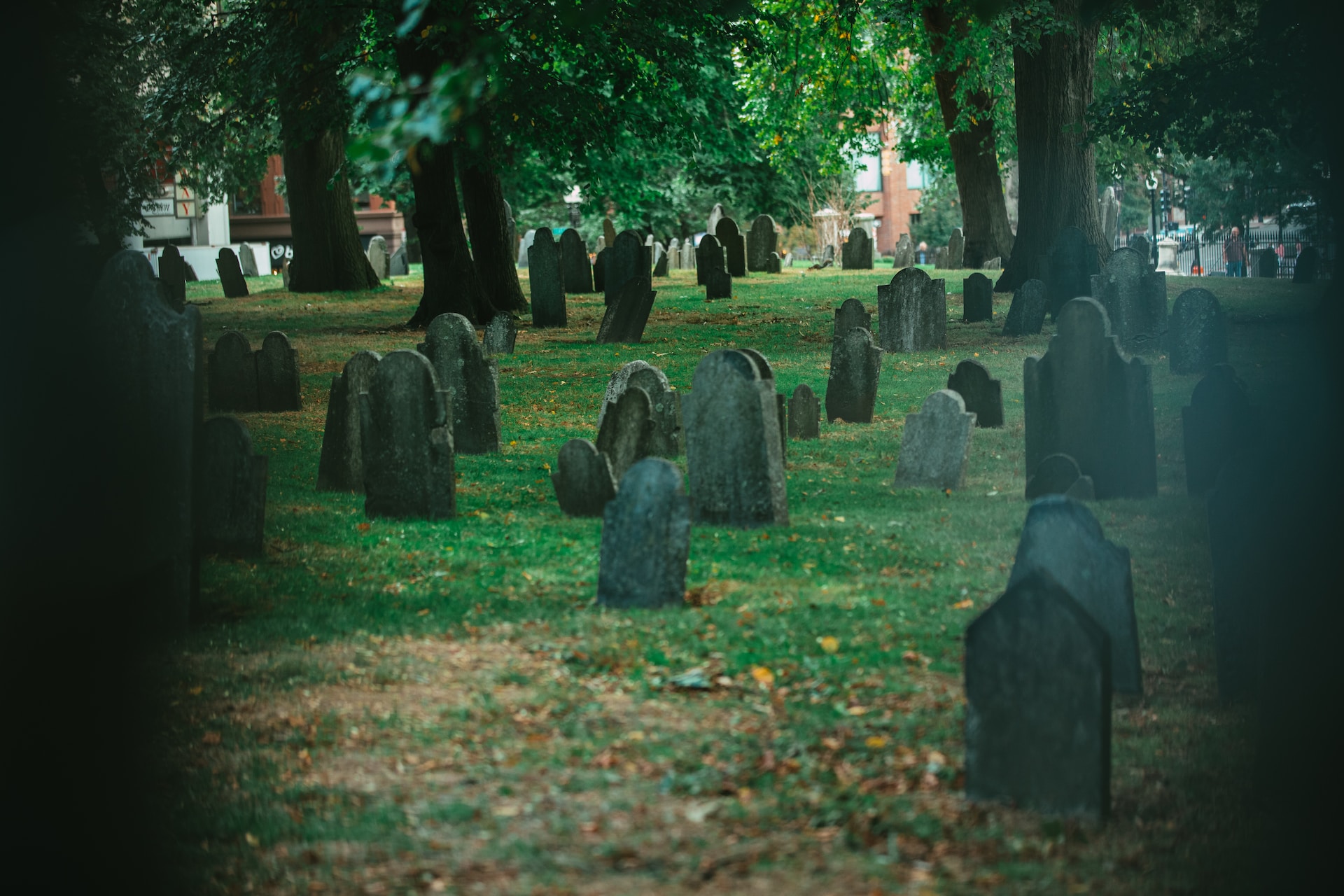
Copp’s Hill is a notable cemetery where many of Boston’s colonists were buried, dating from 1659. It holds preachers, ministers, builders, merchants, artisans, and many free African-Americans.
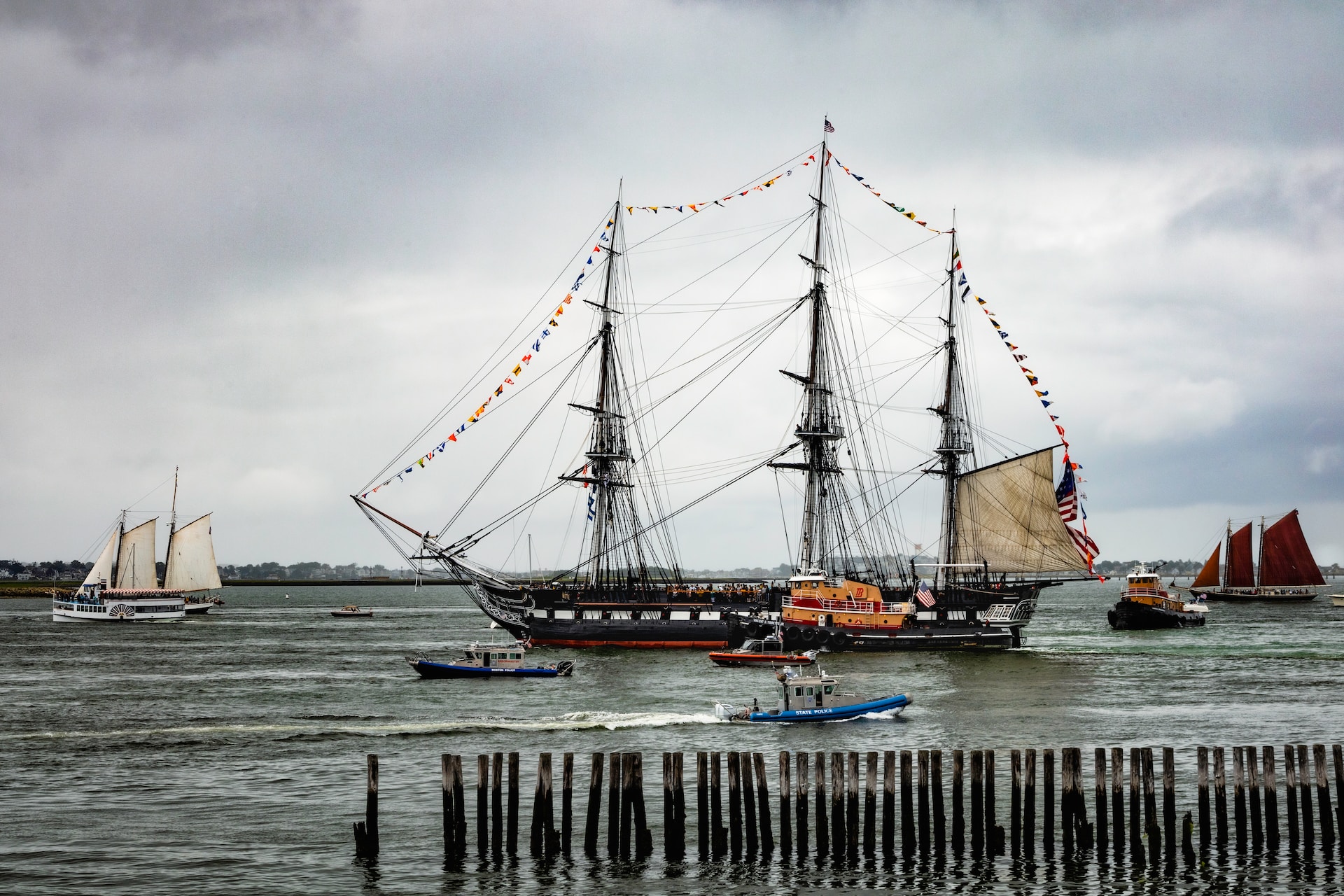
Launched in Boston in 1797, the USS Constitution is the oldest commissioned warship afloat. It was never defeated in battle and has remained virtually untouched. You can visit the ship as well as the museum for a deeper dive into Boston’s nautical history.
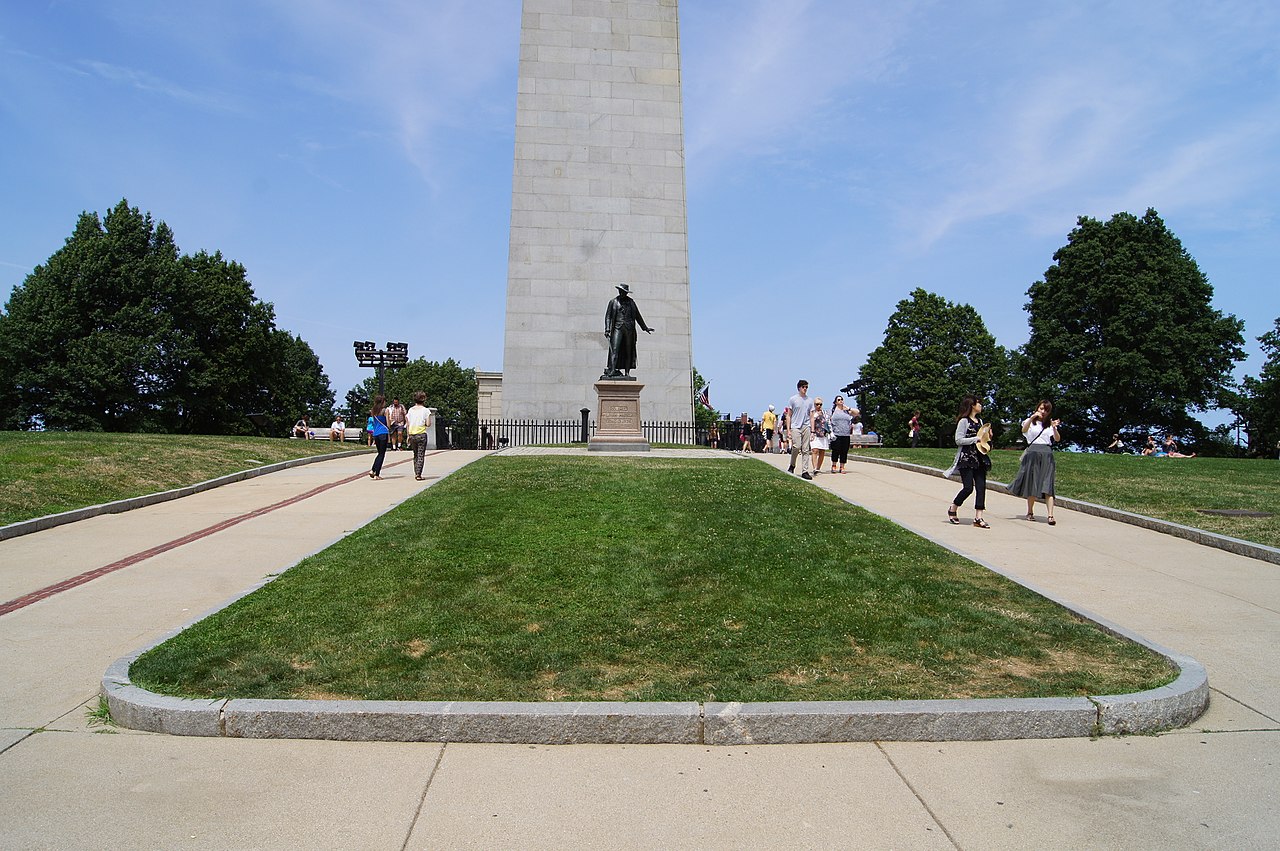
I prefer to do the entire Freedom Hill walk with Bunker Hill Monument as the ending point for a few reasons.
First, the monument sits a bit out of the city. The neighborhood is quiet, and it’s a nice way to end your busy day. Grab some picnic food before this final visit to prep for your journey.
Next, climb to the top of the monument to get a look over the city. You’ll see much of what you just explored from a bird’s-eye view, which wraps up your day of exploring nicely.
The area itself is home to the site of the Battle of Bunker Hill, the first major battle of the Revolutionary War. After spending time at the top of the monument, climb down to spread a blanket and enjoy the relaxing lawn in front of Bunker Hill Monument. Although the Freedom Trail is just 2.5 miles, it often leads to a full day of exploring — and working up an appetite. This is a great way to end your day along the Boston Freedom Trail.
Summer is a popular time for families to explore the Freedom Trail, but I’d actually recommend visiting in spring or fall. You’ll have fewer crowds, and also better walking weather.
Spring in Boston is particularly beautiful, as flowering trees and springtime bulbs will be in full bloom along your stroll. In fall, you get to enjoy the color show with the changing leaves along the trail.
We can’t wait to show you Boston on our Freedom Trail walking tour!
 A First-Timer’s Guide to Fenway Park in Boston
A First-Timer’s Guide to Fenway Park in Boston
The storied Fenway Park, standing since 1912, is one of the most famous sports venues in the entire world, often called America’s Most…
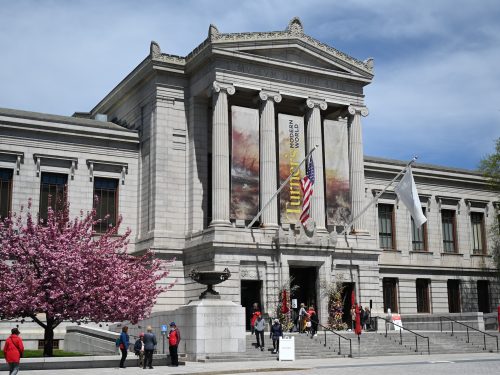 A Local’s Guide to Visiting Boston’s Museum of Fine Arts
A Local’s Guide to Visiting Boston’s Museum of Fine Arts
Whether you consider yourself to be an armchair Egyptologist or simply enjoy gazing at dreamy Impressionist landscapes, you’re sure to find an exhibit…
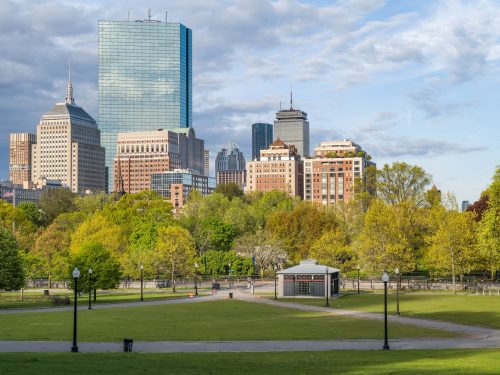 11 Things You Must Do at Boston Common
11 Things You Must Do at Boston Common
Just setting foot in Boston Common earns you some pretty serious bragging rights — it has the distinction of being the oldest public…